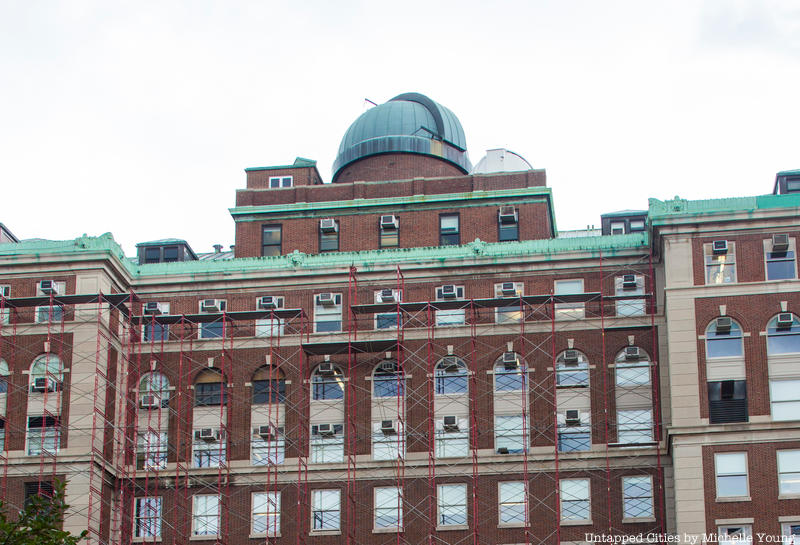12. Research for the Manhattan Project Took Place at Columbia

Research for the Manhattan Project, that led to the creation of the atomic bomb, was conducted in Schermerhorn Hall and Pupin Hall (shown) on Broadway and 120th Street. The basement hosted a cyclotron, a particle accelerator. In 1939, Columbia scientists replicated a German experiment that proved the possibility of nuclear fission. Pupin is also where FM radio was created.
There was also a nuclear testing lab inside Columbia’s Prentis Hall at the Manhattanville Campus. The Prentis building was once a former Sheffield Farms pasteurization facility and milk bottling plant that was built in 1909. Called the Heat Transfer Research Facility, Columbia’s lab predated the creation of any national labs. Starting the 1950s, scientists and engineers tested “generations of nuclear reactor fuel assemblies,” at the lab, according to Harry Hutchinson, author of “Powering Down” in an article for Mechanical Engineering. It was closed in 2004.





